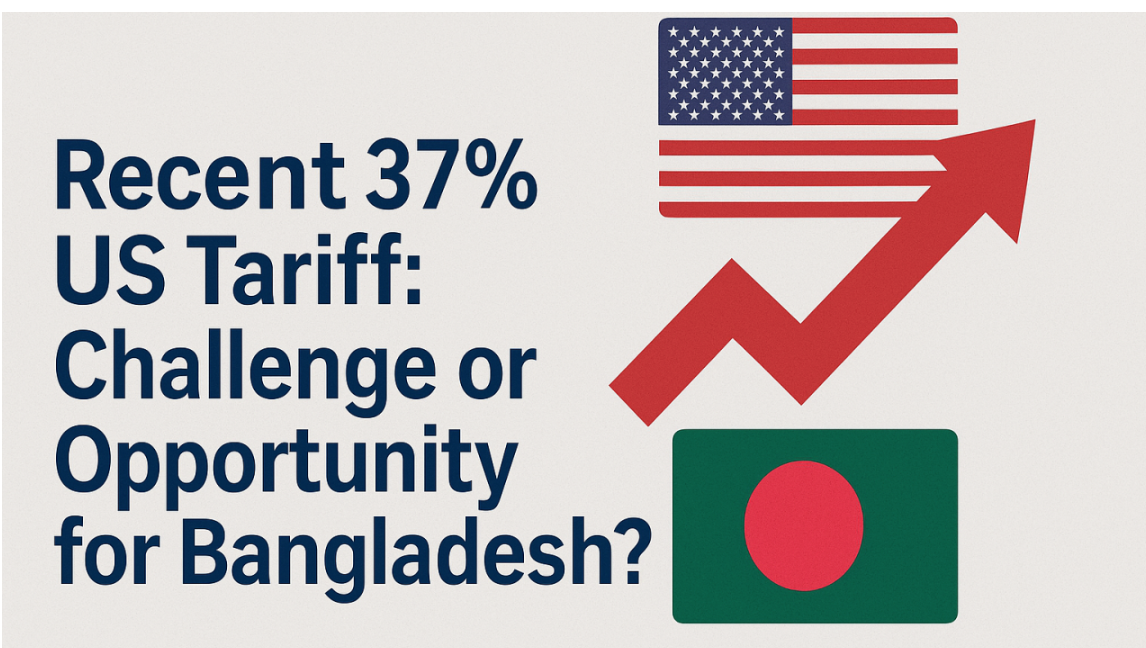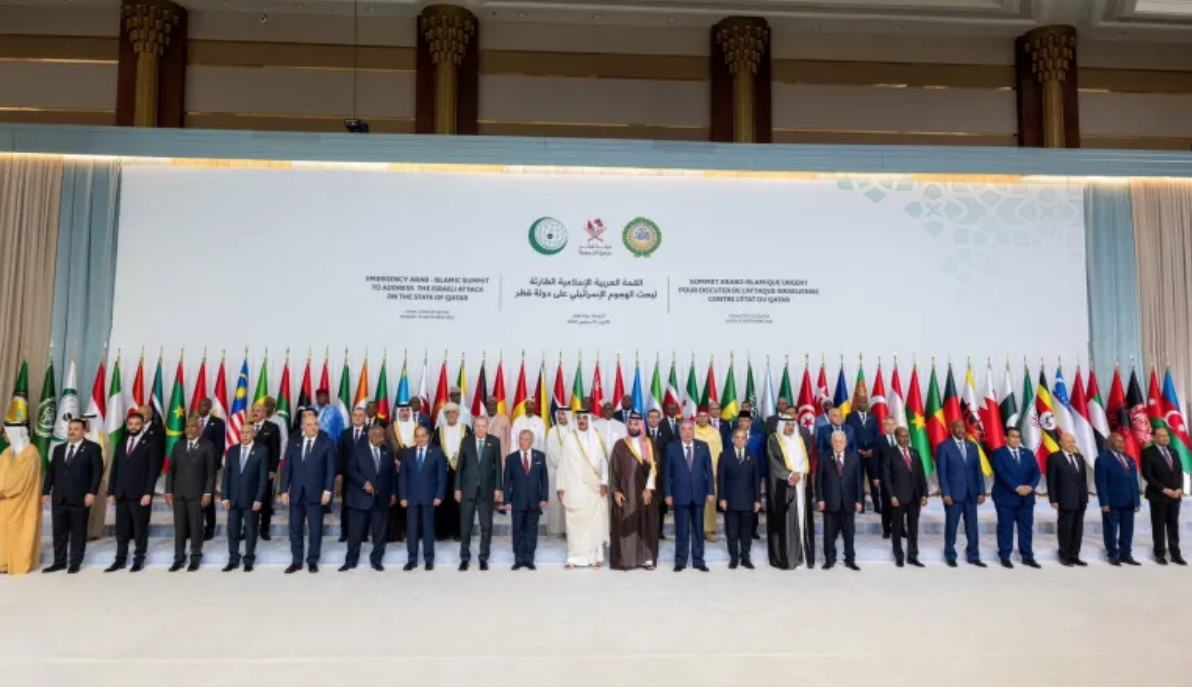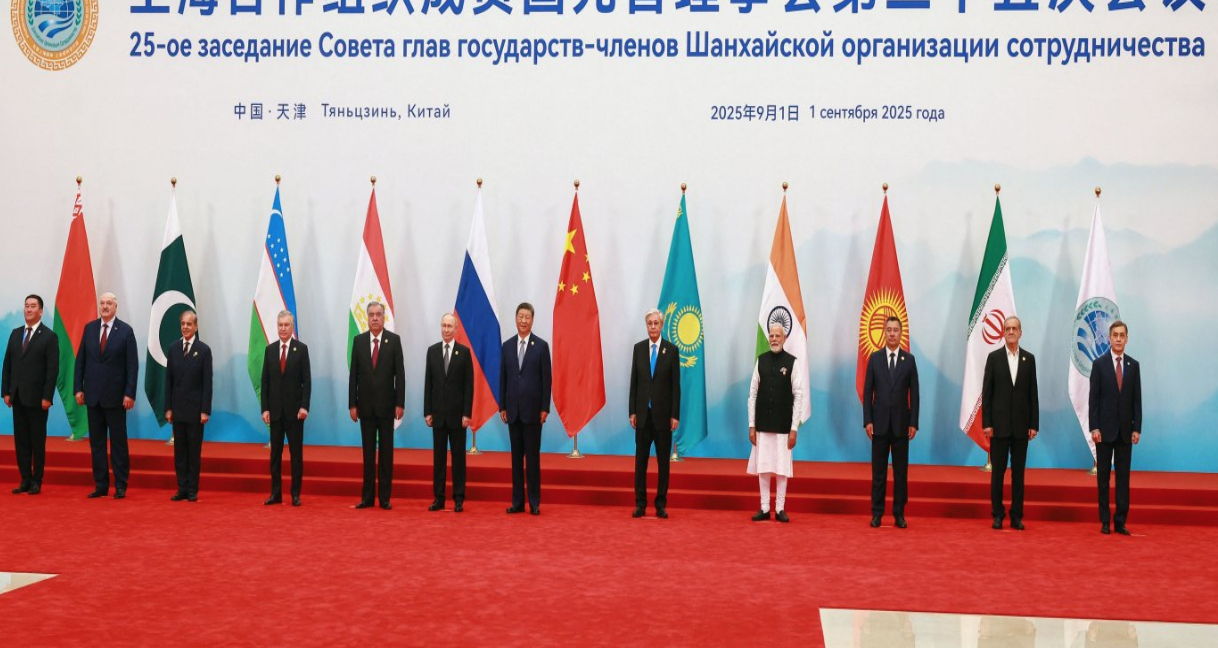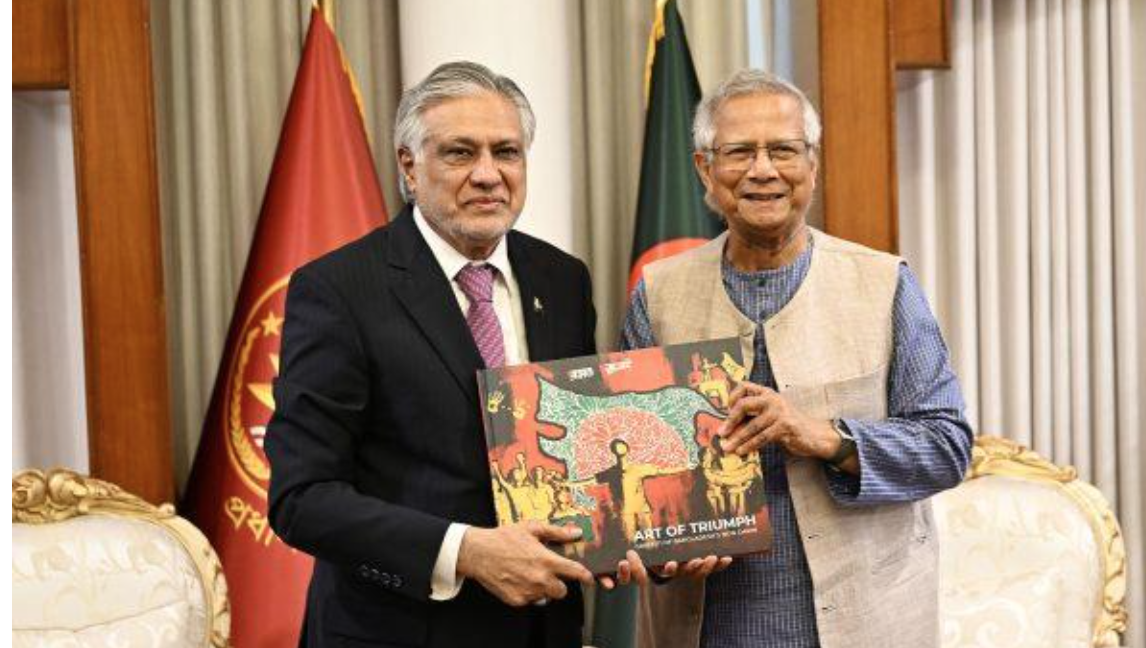Bangladesh’s Ready-Made Garment (RMG) sector is a pivotal pillar of its economy, contributing over 80% to the country's total export revenue. As global trade dynamics shift, particularly due to changes in tariff policies, Bangladesh finds itself in a position to capitalize on the evolving landscape, especially with the recent U.S. tariff actions. In 2025, the U.S. imposed retaliatory tariffs on India’s RMG exports, reaching up to 50% on key textile lines. This move has significantly affected India’s competitiveness in the global market, with its RMG exports to the U.S. dropping by 12.4% in Q2 2025.
The imposition of these high tariffs on India presents a key opportunity for Bangladesh, which benefits from a much lower tariff rate of 20% on its RMG exports. With labor costs in Bangladesh among the lowest globally—just $135 per month—the country is well-positioned to absorb the rerouted orders from countries like India and China, who face higher tariff burdens. This shift could contribute to a projected steady rise in Bangladesh’s RMG exports, forecasted to reach $39.16 billion by 2027, allowing it to outpace India in growth despite the tariff pressures on India’s sector.
However, while Bangladesh’s cost structure is highly competitive, internal infrastructure challenges remain significant. The country’s logistics and supply chain inefficiencies, particularly at major ports, hinder its ability to capitalize fully on the growth potential. Delays in manufacturing timelines and dependency on imported raw materials increase production costs, undermining the sector's competitiveness. Strengthening domestic fabric and yarn production would not only alleviate this dependency but also reduce costs, enhancing Bangladesh’s global position.
In addition to these logistical challenges, non-tariff barriers, such as compliance with environmental regulations and labor standards, are increasingly scrutinized in international markets. Bangladesh must address these concerns, particularly as European and American buyers are becoming more focused on sustainability and ethical production practices. If Bangladesh fails to meet these standards, it risks losing preferential access to key markets, particularly the EU, which has strict regulations regarding environmental and labor conditions.
To sustain long-term growth, Bangladesh must diversify its product offerings, moving into higher-value segments like sportswear, specialized fabrics, and premium apparel. Expanding its presence in emerging markets, such as Africa and Latin America, is also crucial as demand for textiles rises in these regions. While the U.S. remains a vital market, Bangladesh must mitigate risks associated with over-dependence on traditional buyers.
In conclusion, Bangladesh’s RMG sector stands to benefit significantly from the U.S. tariff actions on India, as the country leverages its labor cost advantages and preferential trade access. However, the sector’s ability to capture this opportunity depends on resolving internal challenges, particularly in infrastructure and sustainability compliance. By diversifying its product range, strengthening logistics, and embracing green manufacturing practices, Bangladesh can secure its competitive edge and thrive in the global RMG market.





